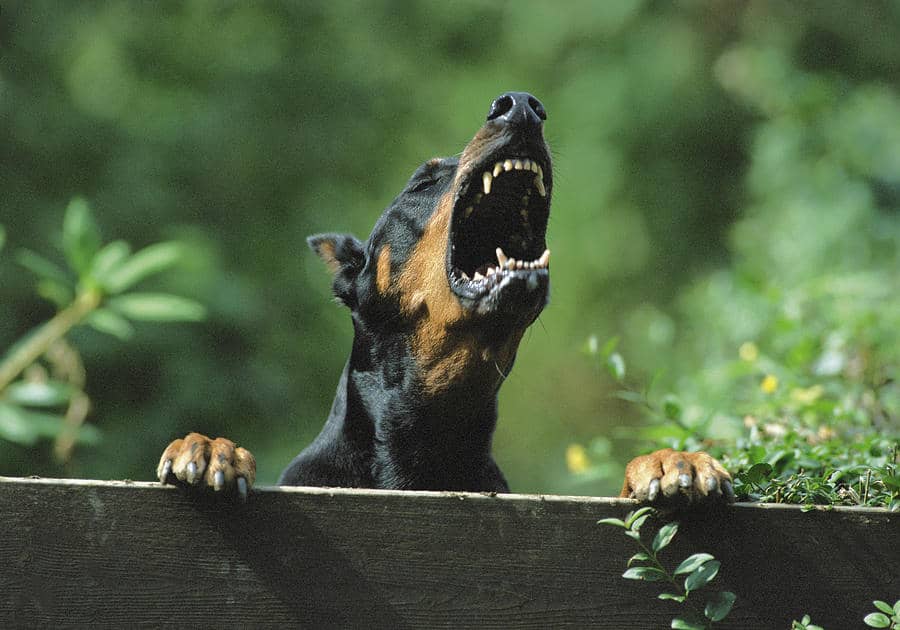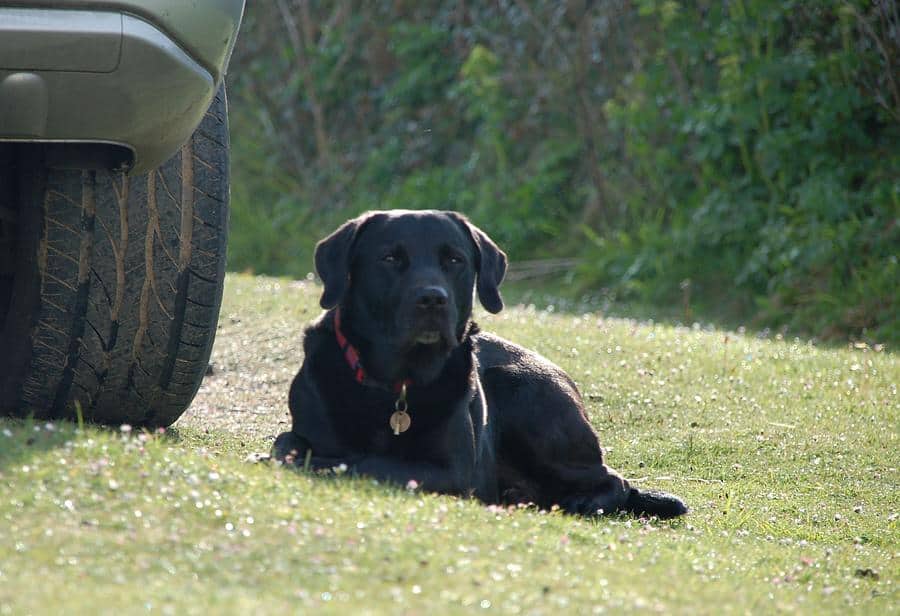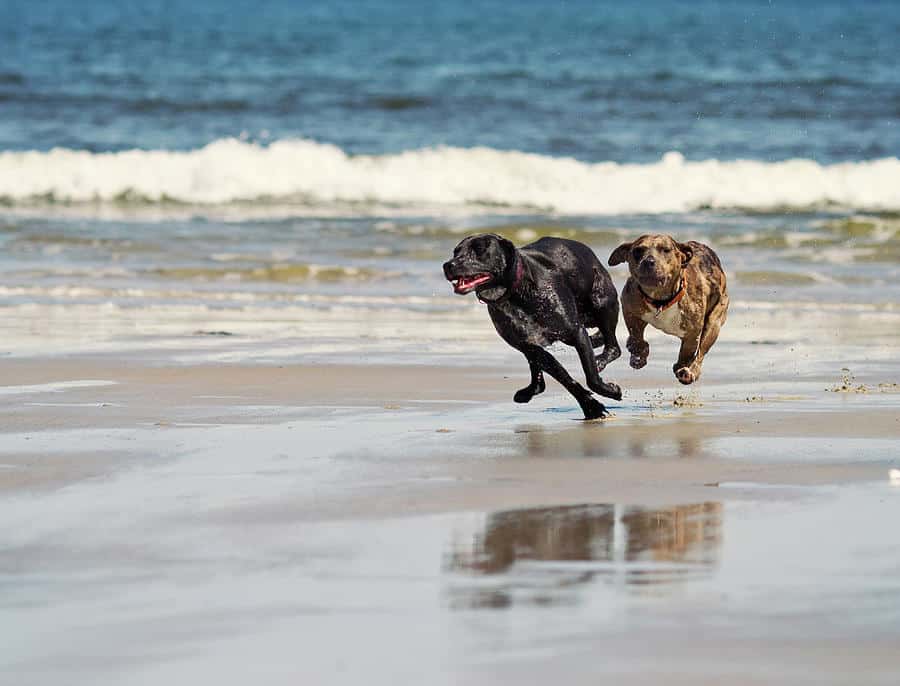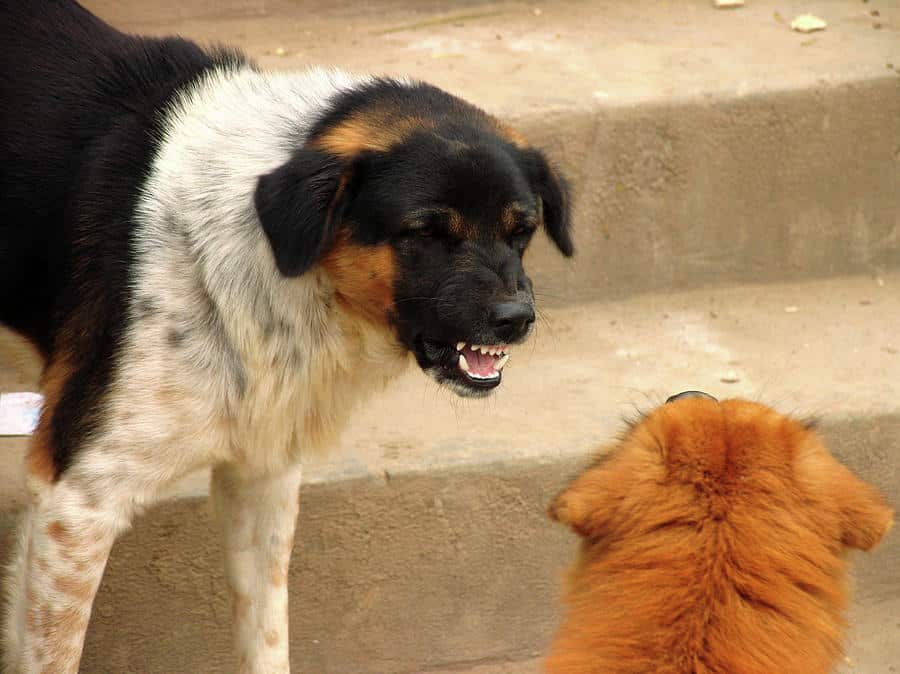10 Common Dog Behavior Problems and Solutions

Pets are important members of our families, but sometimes their behavior can be challenging. Sometimes, dog behavior problems are misunderstood or mishandled by pet owners. Luckily, most common dog behavior issues can be addressed with patience and an understanding of your pet’s needs.
The first solution to dog behavior is understanding dog behavior problems and their causes. The followings are some common dog behavior problems and solutions that pet owners can use to help encourage better behavior in their pups:
1. Excessive Barking
Dogs communicate, respond, and convey emotions through barking. However, excessive barking can be irritating, and it’s important to not only reduce the amount of noise but also address why your dog feels compelled to bark. Dogs often bark due to boredom or a lack of mental stimulation, so try giving them interactive toys and more structured activities that require problem-solving. With a little dog training, including teaching short and fun tricks for rewards, you can help your pup understand that barking is not always necessary.

2. Chewing and Destructive Behavior
Chewing and other destructive behavior come from a dog’s natural instinct to explore the environment with her mouth. To help discourage this behavior, keep chewable items out of reach and provide appropriate alternatives, such as bones, chew toys, and other objects that your pup can safely chew. Additionally, make sure to provide plenty of exercises and mental stimulation for your dog to keep her occupied.

3. Digging
Digging is a natural behavior for dogs and is often caused by boredom or something buried beneath the dirt. Other reasons for digging include anxiety or fear, the desire to hide possession, hunting instinct, and escape or gaining access to an area. The best way to address this behavior is by eliminating the source of digging and providing appropriate alternatives, such as walks, games, and other enrichment activities.

4. Jumping on People
Jumping is an instinctive behavior for dogs, especially when they are excited or trying to get attention. To help prevent this behavior, teach your dog the “sit” command and reward her with treats when she complies. Additionally, make sure you turn away and ignore your dog.
Walk away if you can, and if possible, avoid any eye contact, and don’t speak to or touch your furry friend. Don’t mind your dog, and if he relaxes and remains calm, don’t hesitate to reward your friend. It won’t take long before your pouch gets the message.

5. Separation Anxiety
Dogs have separation anxiety, especially if the owner is not around. Dogs get anxious and upset when they’re left alone. Signs of separation include your pet becoming anxious when you prepare to leave and misbehaving a few minutes (15-20) after the owner leaves. The dog also tries to constantly follow the owner and touch the owner whenever possible.
To solve this problem, avoid making love dramas with your dog before leaving. Also, take your dog to a dog trainer who can help your pup learn how to cope with the separation better. Also, provide interactive toys.

6. Nipping or Play Biting
Nipping and play biting can be a sign of over excitement or a way for dogs to test boundaries with their owners. This is a canine behavior that’s common in puppies and young dogs. To help prevent this behavior, give your pup plenty of exercises, teach him to stay calm when being petted or handled, and train him to respond to the “no bite” command.
7. Chasing Other Dogs
Chasing other dogs is a sign of predatory or hunting behavior that can become dangerous if not curbed. To help prevent this behavior, provide your pup with plenty of exercise and mental stimulation. Additionally, teach him to respond to commands such as “come,” “leave it,” and “stop” when he starts chasing another dog.
Dog boarding can also be beneficial to help curb this behavior, as it can give your dog an opportunity to socialize with other dogs while being supervised by a professional. So, take your dog to a dog boarding facility to help stop this behavior.

8. Begging
Begging is not only a bad habit to get into, but it’s also a sure sign of an unfulfilled pup. Dogs beg because they love food. To help prevent this behavior, make sure to provide your dog with plenty of interactive toys and activities to keep him occupied during meal times. Additionally, avoid feeding him from the table or giving him other people’s food as treats.

9. Inappropriate Elimination
Inappropriate elimination is a common behavioral problem among dogs. Dogs may eliminate in the house for medical reasons, such as an infection or bladder stones, but it can also be caused by anxiety, fear, and excitement. Urination and defecation are also ways for dogs to mark their territory.
Dogs can damage the area of your home and make them unwelcome guests. To solve this problem, always discuss this behavior with your veterinarian first to rule out health problems. You should also reward your pup with treats whenever he eliminates in the appropriate place so that he learns to associate it with positive reinforcement.
10. Aggression
Aggression is a complex behavior that can arise from fear, dominance, pain, and frustration. It’s important to address aggressive behavior as soon as possible, as it can be dangerous for both people and other animals. To help prevent this behavior, make sure your pup is spayed or neutered and provide him with plenty of exercise and mental stimulation.
Additionally, enroll him in an obedience class and socialize him with other people and animals to help reduce his anxiety levels. Taking your furry friend to dog daycare or hiring a professional dog walker can also be beneficial.

Conclusion
Dogs display numerous behavioral problems that can range from mild to severe. While some of these behaviors are normal, it’s important to address them and find solutions as soon as possible before they become more serious. With the right training, patience, and understanding, you can help your pup become the best-behaved dog on the block. Contact us today, and let’s help take care of your dog.